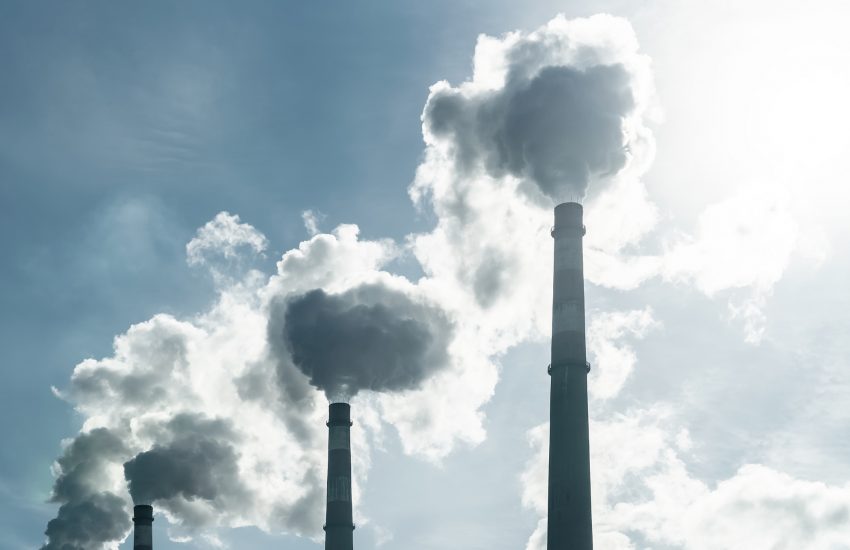In March 2023, the EPA issued its final Good Neighbor Plan, the last in a series of legislations designed to reduce emissions of ozone-forming nitrogen oxide (NO2) which cross state borders. Specifically, the Plan was intended to assist 23 identified states to maintain the EPA’s 2015 National Ambient Air Quality Standards (NAAQS) for smog (ground-level ozone) production into downwind states, by reducing NO2 from electric generating units and industrial plants. Smog, of course, has been identified for decades as a cause for whole gamut of respiratory issues, from asthmatic reactions to lung disease and premature death.
Early results of the plan were touted as “promising,” with data suggesting an aggregate reduction of 18 percent in smog production across measured metrics in its first year.
Ohio, Indiana and West Virginia, along with members of the steel industry, have now sued in federal court, however, to block the Good Neighbor Plan, arguing that it is costly and ineffective, and the states were not consulted in designing or implementing the plan, amounting to an unconstitutional ‘overreach’ by the EPA.
Now, the Supreme Court has taken up the question of whether to allow the Good Neighbor Plan to go forward while its ambit and scope is litigated in a house of federal litigation.
Buoyed by a 6-3 conservative majority, the court seems poised to halt the plan, at least temporarily; questions by Justices Kavanaugh and Gorsuch telegraph sympathy for the burdens placed ‘unevenly’ on some states, who were not afforded an opportunity to be heard before the EPA took action. Some of the court’s more progressive-leaning judges, however, found it odd that the court was being asked to weigh in, at all, before lower courts had even made concrete rulings.
Industry insiders anticipate that the court will ultimately halt the plan, continuing a recent trend of limiting governmental impact on state activity.

